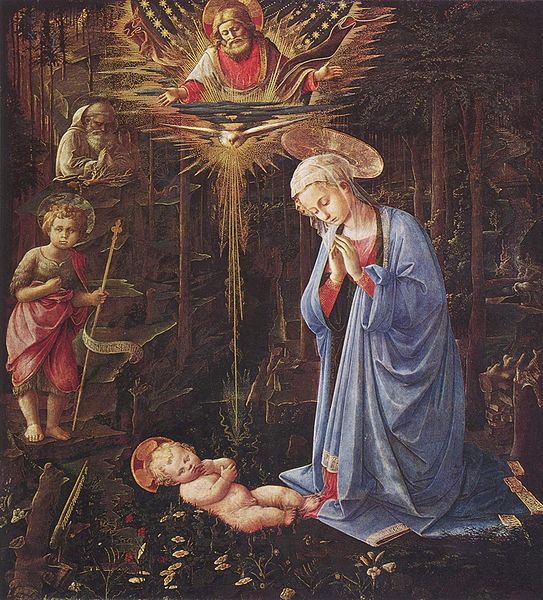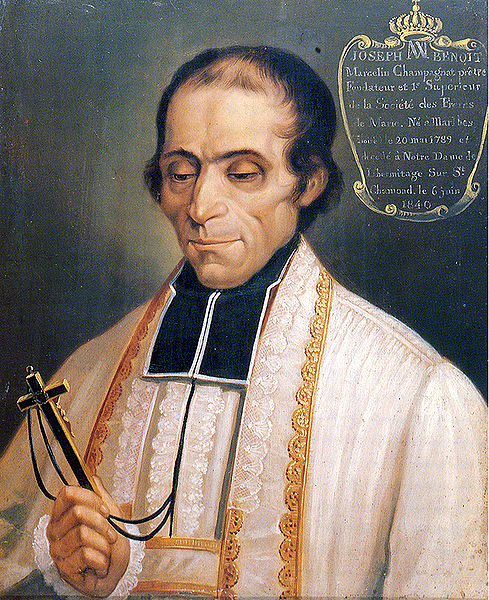Catholic Marian movements and societies
Catholic Marian movements and societies have developed from the veneration of the Blessed Virgin Mary by members of the Catholic Church. These societies form part of the fabric of Mariology in the Catholic Church. Popular membership in Marian organizations grew significantly in the 20th century, as apparitions such as Our Lady of Fátima gave rise to societies with millions of members, and today many Marian societies exist around the world. This article reviews the major Marian movements and organizations.
Madonna, Filippo Lippi, 1459
Saint Peter Chanel, martyr
St. Marcellin Champagnat, Founder of the Marist Brothers
Madonna, Luigi Crosio, 1898
Veneration of Mary in the Catholic Church
The veneration of Mary in the Catholic Church encompasses various devotions which include prayer, pious acts, visual arts, poetry, and music devoted to her. Popes have encouraged it, while also taking steps to reform some manifestations of it. The Holy See has insisted on the importance of distinguishing "true from false devotion, and authentic doctrine from its deformations by excess or defect". There are significantly more titles, feasts, and venerative Marian practices among Roman Catholics than in other Western Christian traditions. The term hyperdulia indicates the special veneration due to Mary, greater than the ordinary dulia for other saints, but utterly unlike the latria due only to God.
Veneration of Mary in the Catholic Church
The Virgin Mary from the Ghent Altarpiece, 1432
The Virgin of Mercy protecting a group of nuns under her mantle. Sano di Pietro, 15th century.
Miguel Hidalgo's 1810 Guadalupan flag








